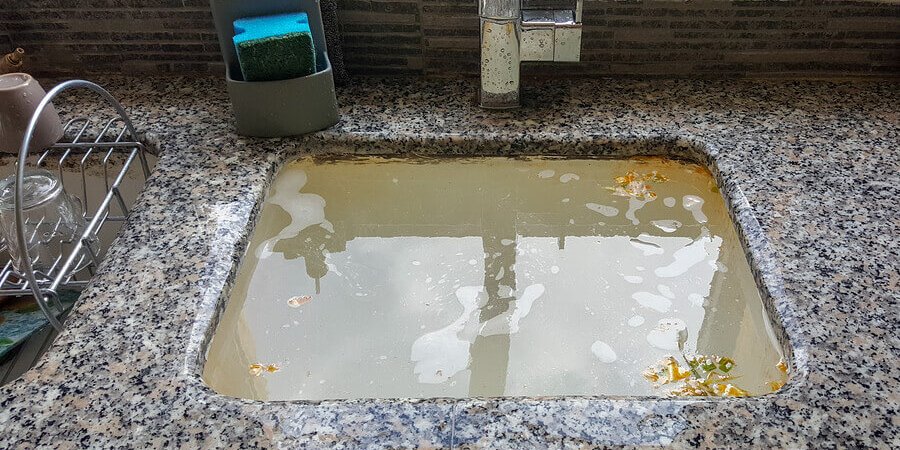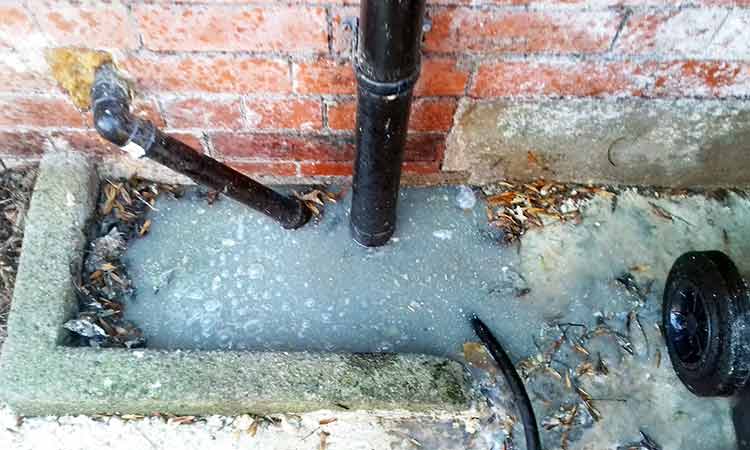What are your ideas with regards to What I learned from trying to deal with a clogged drain?

Intro
Taking care of an obstructed drain can be an irritating experience, interfering with everyday tasks and possibly causing damage to your residential or commercial property. Nevertheless, prior to connecting to plumbing experts, there are actions you can require to deal with the concern on your own. In this guide, we'll discover do it yourself options and preventive measures to deal with an obstructed drain successfully.
Determining the Problem
The very first step in resolving an obstructed drainpipe is identifying the indications. Sluggish water drainage, gurgling audios, foul odors rising from drains pipes, or water backing up are common indicators of an obstructed drainpipe. Recognizing these indicators early can aid prevent better complications.
Usual Reasons For Blocked Drains
Comprehending the factors that add to drain clogs is necessary for effective resolution. Usual perpetrators include hair, soap scum, grease, food debris, and international things like sanitary products or paper towels. Tree origins getting into below ground pipelines can also trigger substantial clogs.
Do it yourself Solutions
For minor clogs, numerous DIY services can be effective. Pouring boiling thin down the drainpipe can aid dissolve oil and debris. Sodium bicarbonate and vinegar or a combination of salt and baking soft drink can serve as all-natural cleansers. Using a bettor or pipes serpent to dislodge blockages is another option.
Tools and Devices
Having the right tools handy can make do it yourself drainpipe cleaning more efficient. A bettor is a functional tool for clearing blockages in sinks, bathrooms, and showers. A pipes serpent or auger can get to deeper obstructions, while drainpipe cleaning chemicals can be utilized carefully for persistent obstructions.
Safety nets
To prevent future blockages, adopting preventive measures is important. Set up drain guards or strainers to capture hair and particles before they enter the pipelines. Routinely flush drains with hot water to dissolve oil accumulation, and stay clear of disposing of oil or strong waste down the drain.
When to Call a Specialist
While DIY solutions can resolve minor obstructions, particular indicators indicate the need for professional help. Persistent clogs, foul odors regardless of cleansing efforts, or numerous drains pipes backing up all at once are red flags that necessitate professional treatment.
Selecting the Right Plumbing Service
When picking a plumbing service, consider factors such as experience, licensing, and consumer testimonials. Select a reputable plumber with a record of top quality craftsmanship and clear pricing techniques.
Expense Considerations
The expense of professional drainpipe cleaning services can differ depending upon the intensity of the blockage and the plumbing professional's rates. Demand quotes from multiple providers and ask about any service charges to make sure transparency and stay clear of surprises.
Safety Measures
When attempting do it yourself drain cleaning, prioritize safety and security. Put on safety gloves and eyewear to avoid contact with hazardous chemicals or microorganisms. Never ever blend different drainpipe cleansing products, as this can create hazardous fumes.
Case Studies
Real-life examples illustrate the efficiency of DIY remedies and the significance of timely professional treatment in fixing drain obstructions.
Conclusion
By following the ideas described in this overview, you can effectively tackle blocked drains and avoid future plumbing concerns. Whether going with do it yourself services or looking for professional help, prompt action is crucial to maintaining a healthy and balanced pipes system and maintaining the stability of your home.
How to Clear a Clogged Drain Yourself (And When to Call In the Professionals)
What Can Clog a Drain
Dirt Skin flakes Hair Grease Soap scum Food Offset pipes Tree roots Small objects Mineral buildup DIY Tricks to Unclog a Drain
You can fix this! Once you have identified the source of the clog (or have a vague idea), you can try one or a combination of these fixes in order to clear your plumbing.
Wire Hanger or Snake
Untangle and clear out hair from a drainpipe with a homemade snake. Use a straightened-out wire hanger with a 90-degree angle hook to locate the clog and drag out any unwanted material.
Remember not to push the clog further down to where the wire hanger cannot reach! If you need to follow up with a plunger, give it a try. Your efforts might be more successful after it’s been wire-snaked.
If you want to get fancy and don’t have a wire hanger to spare, head to the store and pick up a hand-operated drain snake. You can get one for $10-$30. It may save you the hassle, and provide additional length to reach deep into the clogged pipe.
Plunger
A cup plunger has a suction cup attached to a wooden handle. The rubber creates a seal around the drain, and increases the pressure force of the plunger.
Plunge for 30-second increments to loosen the clog. This may need to be repeated over the course of 15-20 minutes. Once plunged, run the water to flush the remaining material out of the drain.
Remember– never use a plunger if you have used a chemical drain cleaner. These chemicals can splash up from the force of the plunger and cause serious injury or burns.
Boiling Water
Hot water can sometimes break up materials into a flushable amount. Dirt, grease, and soap buildup requires heat in order to unstick from surfaces.
Take your kitchen kettle and heat your water to a boil. Once it reaches a rolling boil, pour it directly down the drain into the blockage. Carefully follow with plunging, if necessary.
Don’t worry if this takes more than one try! It can often take multiple kettles and repeated plunging in order to clear a particularly stubborn clog.
Chemical Drain Cleaner
As a last resort, pick up a bottle of chemical drain cleaner. Drain-cleaning chemicals are potent, and not very good for the environment.
You may need to wear protective eyewear in gloves before handling your bottle of chemical drain cleaner. Follow the instructions printed on the bottle, and flush with water as soon as the instructions allow. Do not follow with plunging.
Baking Soda and Vinegar
As a safer alternative to chemical drain cleaner, baking soda and vinegar can create a chemical reaction that clears tough clogs.
Combine one cup of cleaning vinegar with one cup of boiling water, and set aside. Once you have done this, pour half a cup of baking soda down the drain. Give the baking thirty seconds to settle and cover a large portion of the problem drain.
Following the baking soda, pour down your vinegar and hot water solution. Once the vinegar and baking soda combine, the mixture will bubble and fix. Let this reaction fizzle in the drain for about an hour.
After an hour, follow with a kettle’s worth of hot water. The heat and liquid should flush out any remaining material.
When to Call a Plumber
If your DIY attempts haven’t cleared your clog drain, it’s time to call in a professional. It’s not worth losing access to your kitchen sink or high-traffic bathroom. A clog in a vital area can keep you from the things you’d rather be doing, and derail your routine.
Anytime a clog is causing water to spread is a time to call in a plumbing service. What starts out as a little bit of water can quickly grow into serious, expensive water damage.
Additionally, a serious clog can result in burst pipes or serious leaks. Make sure you know when to take it seriously!
https://myguysnow.com/how-to-clear-a-clogged-drain-yourself-and-when-to-call-in-the-professionals/

I found that blog post about What I learned from trying to deal with a clogged drain when doing a search on the web. If you liked our article please do not forget to share it. Thanks a lot for being here. Kindly pay a visit to our website back soon.
Order Repair